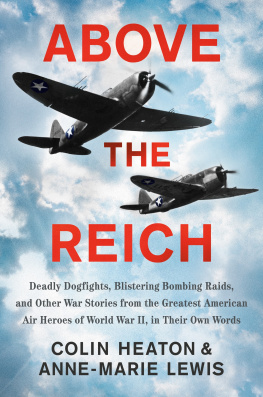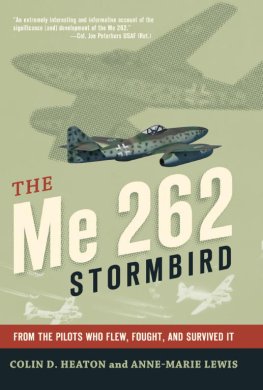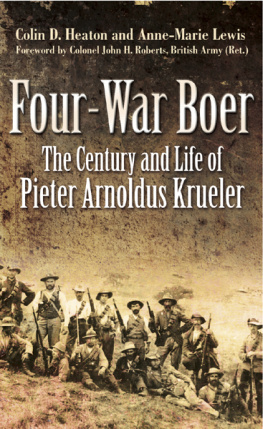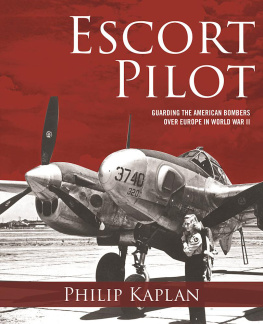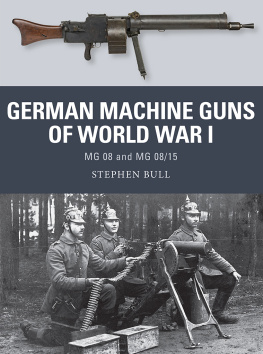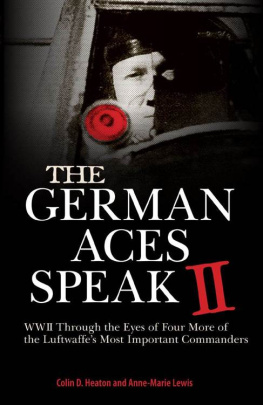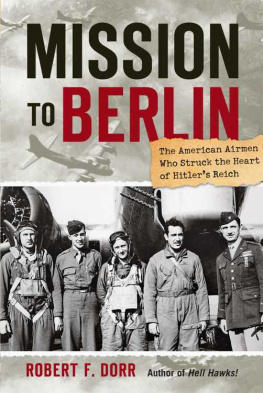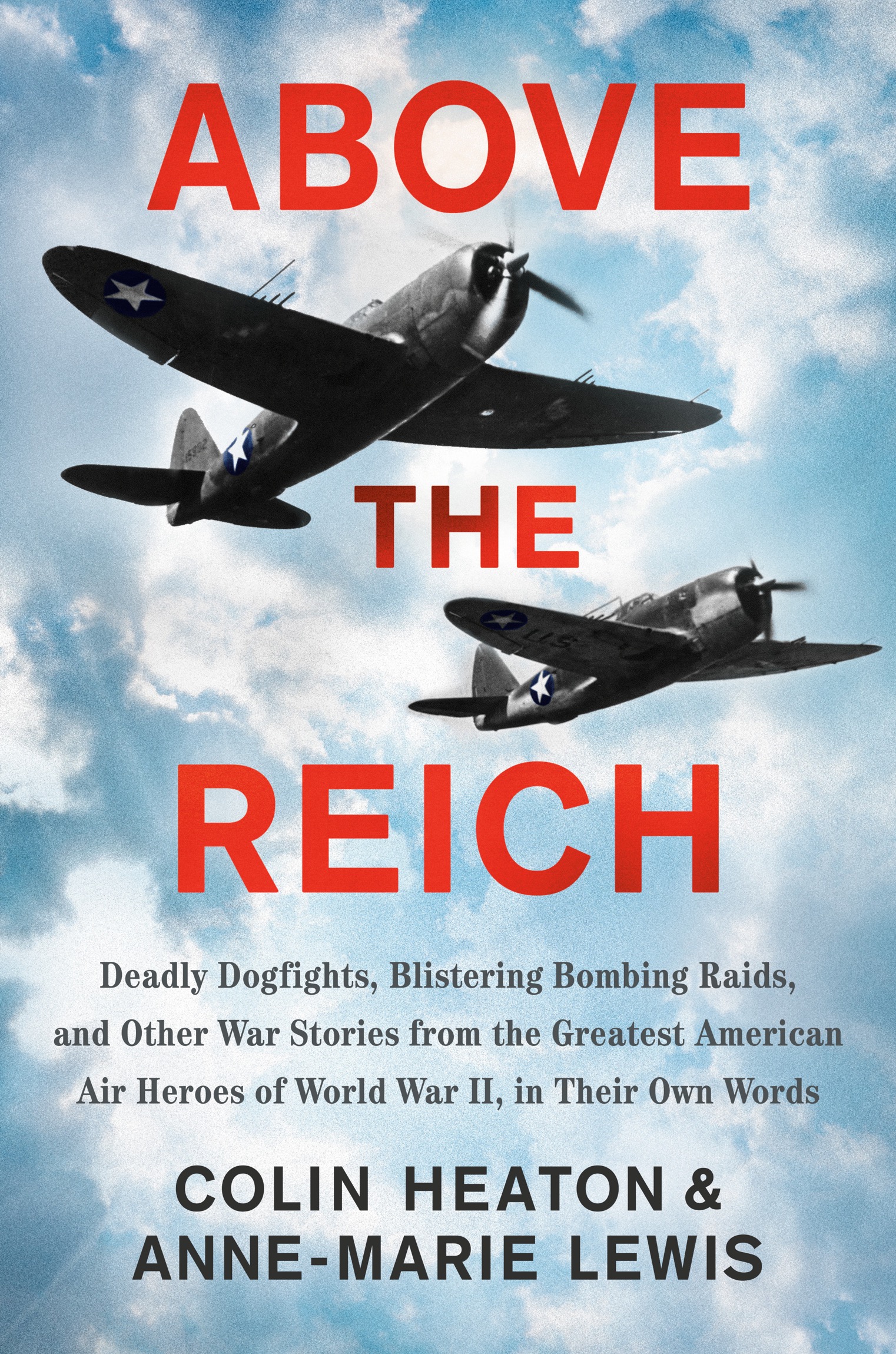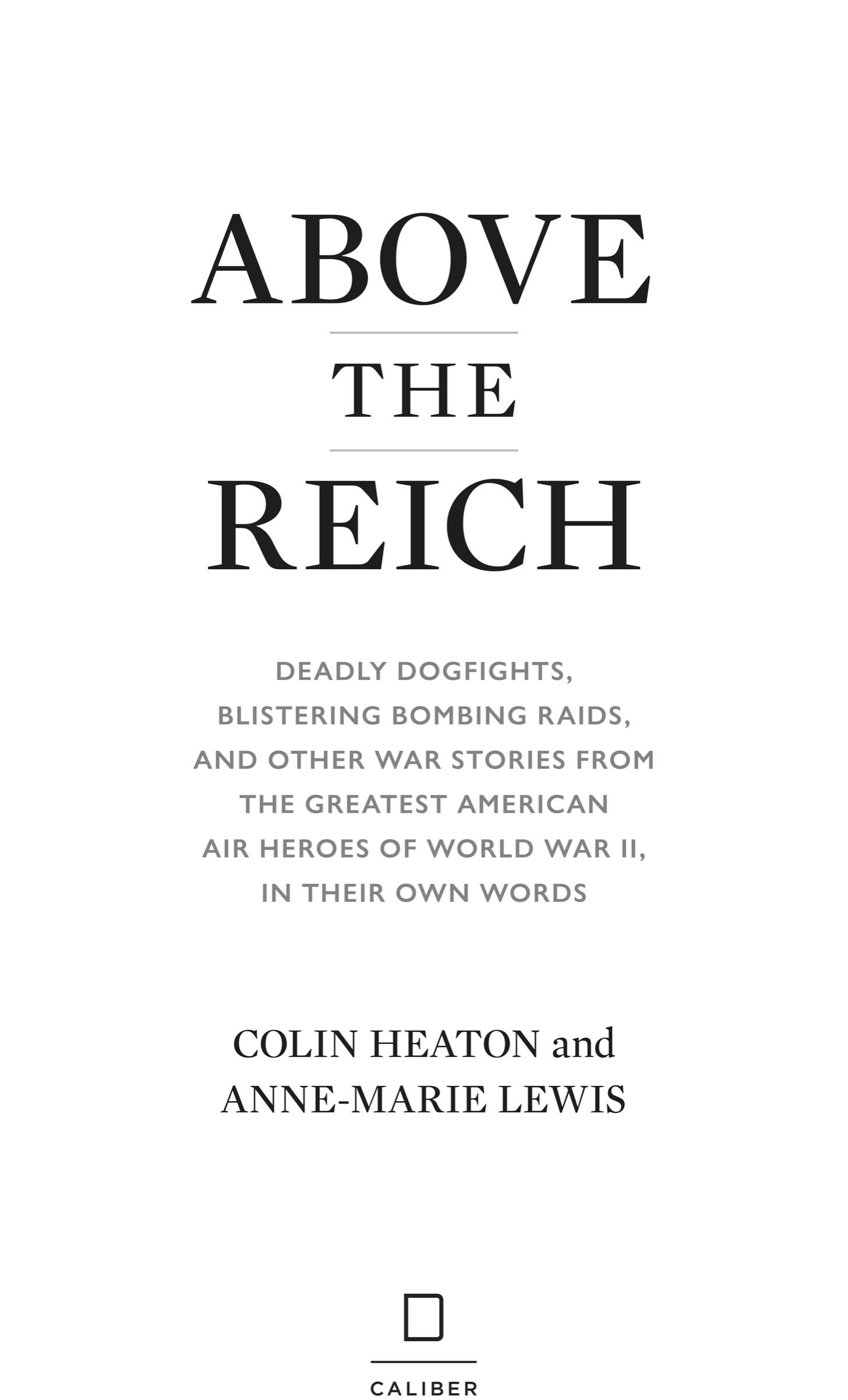
An imprint of Penguin Random House LLC
penguinrandomhouse.com

Copyright 2021 by Colin D. Heaton and Anne-Marie Lewis
Penguin supports copyright. Copyright fuels creativity, encourages diverse voices, promotes free speech, and creates a vibrant culture. Thank you for buying an authorized edition of this book and for complying with copyright laws by not reproducing, scanning, or distributing any part of it in any form without permission. You are supporting writers and allowing Penguin to continue to publish books for every reader.
DUTTON and the D colophon are registered trademarks of Penguin Random House LLC.
library of congress cataloging-in-publication data
Names: Heaton, Colin D., interviewer. | Lewis, Anne-Marie, editor.
Title: Above the Reich : deadly dogfights, blistering bombing raids, and other war stories from the greatest American air heroes of World War II, in their own words / Colin Heaton and Anne-Marie Lewis.
Other titles: Deadly dogfights, blistering bombing raids, and other war stories from the greatest American air heroes of World War II, in their own words
Description: [New York] : Dutton Caliber, [2021] | Includes bibliographical references and index.
Identifiers: LCCN 2020041524 (print) | LCCN 2020041525 (ebook) | ISBN 9780593183885 (hardcover) | ISBN 9780593183908 (ebook)
Subjects: LCSH: World War, 19391945Aerial operations, American | Air pilots, MilitaryUnited StatesInterviews. | Johnson, Robert S., 19201998Interviews. | Doolittle, James Harold, 18961993Interviews. | Olds, Robin, 19222007Interviews. | Haydon, Edward Ross, 19202012Interviews. | LeMay, Curtis E.Interviews. | World War, 19391945Personal narratives, American
Classification: LCC D790 .H43 2021 (print) | LCC D790 (ebook) | DDC 940.54/49730922dc23
LC record available at https://lccn.loc.gov/2020041524
LC ebook record available at https://lccn.loc.gov/2020041525
book design by tiffany estreicher, adapted for ebook by estelle malmed
While the author has made every effort to provide accurate telephone numbers, internet addresses, and other contact information at the time of publication, neither the publisher nor the author assumes any responsibility for errors or for changes that occur after publication. Further, the publisher does not have any control over and does not assume any responsibility for author or third-party websites or their content.
Cover design by Sarah Oberrender
Cover image: Associated Press
pid_prh_5.7.0_c0_r0
Dedicated to the men of all nations, friend and foe, who fought and died for the mistakes of others
CONTENTS
FOREWORD
H ow can contemporary readers unfamiliar with combat aviation quench the desire to understand the great aerial battles of World War II? They can, of course, turn to the enduring major references or to biographies and autobiographies. I, for example, was so inspired by reading General James H. Doolittles I Could Never Be So Lucky Again that it motivated me to join Ed Rasimus to write Fighter Pilot, the story of my father, Robin Olds. Throughout the year I worked on the manuscript, I always kept Jimmys book on my desk along with two by Walter Boyne, Aces in Command: Fighter Pilots as Combat Leaders and Beyond the Wild Blue: A History of the U.S. Air Force, 19471997.
Coming from a family of pilots (such as my grandfather Robert Olds and father, Robin), with diaries, letters, and hundreds of documents at my disposal, I was, admittedly, something of a special case. Today most of the curious are likely to turn first to movies or documentaries about aerial warfare. But while great filmmakers perhaps allow us to imagine how the scenes appeared and the action unrolled, every story starts with spoken or written words. Films need scripts; computer graphics need descriptions. To that end, we will always be beholden to our storytellers, those who document and record the original voices of the men and women who witnessed and participated in great historic moments and managed to survive. Nothing can beat firsthand stories. And this important new book by Colin Heaton and Anne-Marie Lewis is full of them.
Heatons masterful compilation of personal interviews plunges us into the moment, taking us back to original historical events as seen through the eyes of five remarkable United States Army Air Force pilots. His narratives faithfully capture the exploits of my father, Robin Olds; Curtis LeMay, the protg and navigator of my grandfather, Major General Robert Olds; Robert S. Johnson, one of our highest-scoring aces in Europe during World War II; Edward Buddy Haydon, an accomplished aerial battle pilot and my fathers close personal friend; and Jimmy Doolittle, whose feats are so famous they perhaps eclipse all the others. What a gathering of eagles!
It is an understatement to term these narratives, all told in the subjects own words, as merely important to the legacy of American military aviation. We can more accurately describe this outstanding work as absolutely essential to our understanding of the history of World War II.
Christina Olds
May 2020
Theyre nearly all gone now.
In early 2020, of the hundreds of World War II veterans Ive known, met, or interviewed, representing a half dozen nations, I remain in contact with one. When I was secretary of the American Fighter Aces Association in the eighties and nineties, collating and archiving their experiences, we had as many as four hundred members. Today there are fewer than two dozen.
We can track the growing attrition by the literature. When my book describing the Marianas Turkey Shoot of World War II Clash of the Carrierswas published in 2005, one-fourth of the contributors were already deceased. When my history Enterprise: Americas Fightingest Ship and the Men Who Won World War II was released seven years later, fewer than half were still alive. And when my study of US Marine Corps Fighter Squadrons of World War II was published in 2014, only one of my flying leathernecks remained.
Everyone who writes World War II history has experienced similar loss, which is why Colin Heaton and Anne-Marie Lewiss work is so valuable. The variety of subjects they have recorded spans services, nations, and conflicts. Very few interviews like these could be conducted today because the subjects have, in aviation terms, departed the pattern.
Therefore, those of us who knew and recorded the deedsand equally importantly, the thoughtsof the survivors represent a rare chronological link. A bridge across time. We have long since lost all the World War I veterans, and I knew only four Great War airmen. Absent the dedicated work of colleagues who focused on first-generation aviators, we would have little to access a century later.
Of the five subjects in this volume, I knew three: Jimmy Doolittle, Robin Olds, and Bob Johnson. I wrote the first posthumous biography of Curtis LeMay and cannot believe that I passed up a prior chance to meet him. When I was dining at the storied Nieuport 17 restaurant in Tustin, California, with Marine Corps Medal of Honor ace Ken Walsh in the 1970s, LeMay was seated across the room with friends. Ken offered to introduce us, but I was reluctant to intrude.

